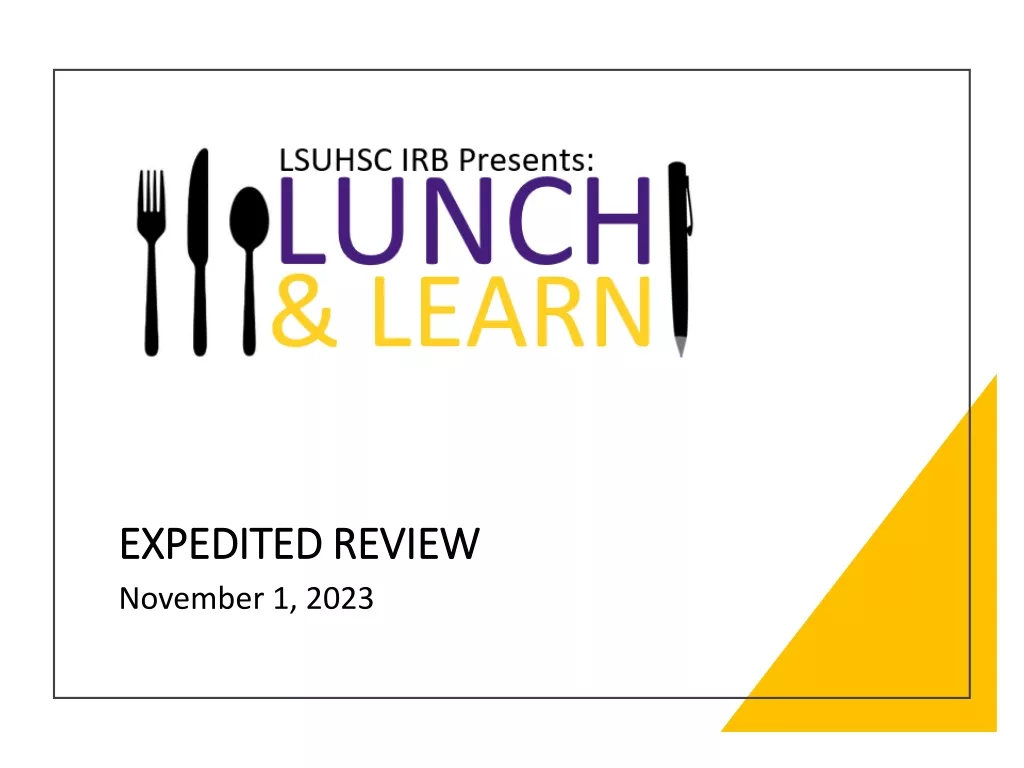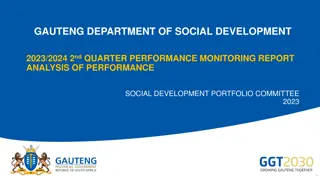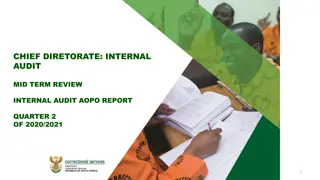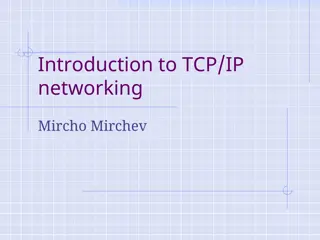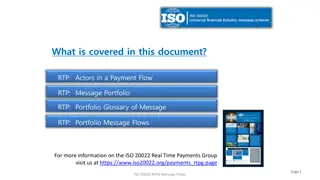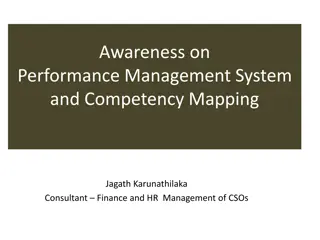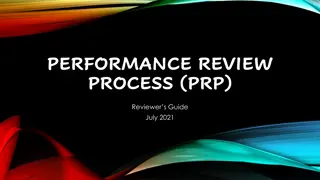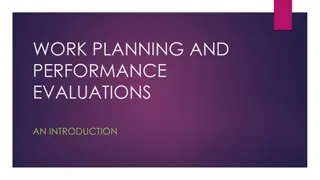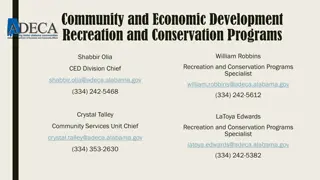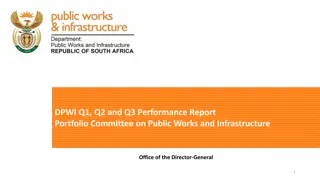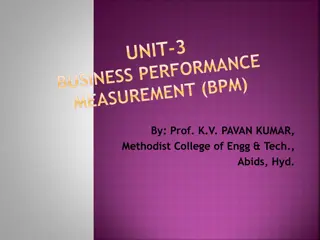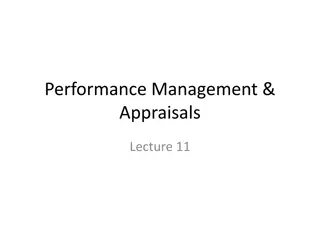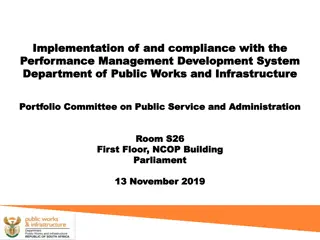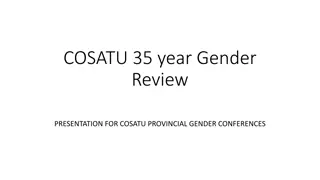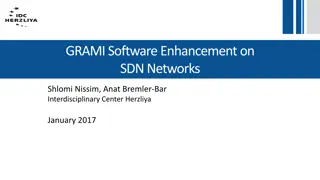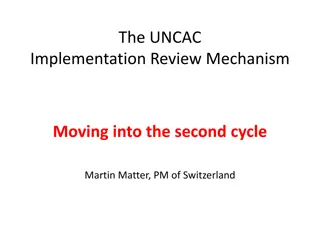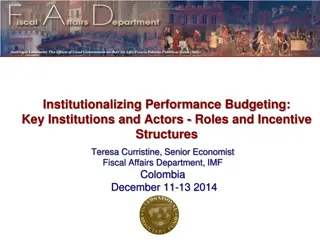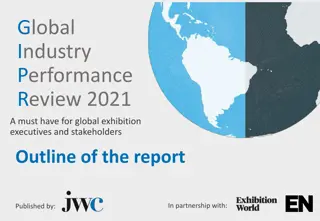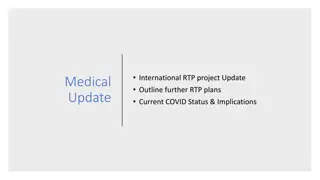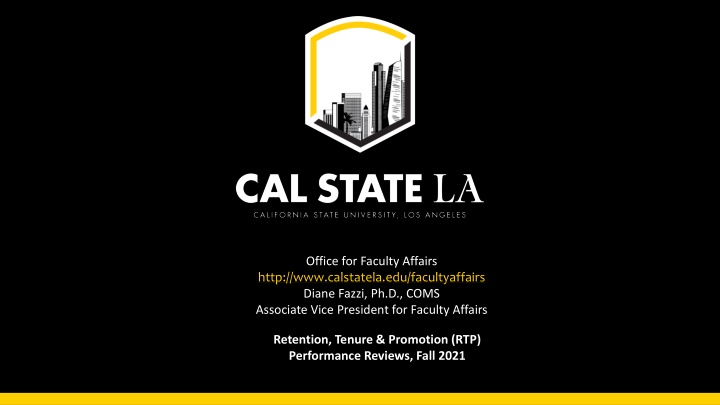
Faculty Affairs and Evaluation Process at Cal State LA
Learn about the Faculty Affairs office at Cal State LA, faculty evaluation processes, policies governing evaluations, and the nature of retention, tenure, and promotion reviews. Understand the performance evaluation criteria and key timelines for faculty reviews.
Download Presentation

Please find below an Image/Link to download the presentation.
The content on the website is provided AS IS for your information and personal use only. It may not be sold, licensed, or shared on other websites without obtaining consent from the author. If you encounter any issues during the download, it is possible that the publisher has removed the file from their server.
You are allowed to download the files provided on this website for personal or commercial use, subject to the condition that they are used lawfully. All files are the property of their respective owners.
The content on the website is provided AS IS for your information and personal use only. It may not be sold, licensed, or shared on other websites without obtaining consent from the author.
E N D
Presentation Transcript
Office for Faculty Affairs http://www.calstatela.edu/facultyaffairs Diane Fazzi, Ph.D., COMS Associate Vice President for Faculty Affairs Retention, Tenure & Promotion (RTP) Performance Reviews, Fall 2021
You Belong Here We Are Invested in Your SUCCESS! Important to our students Important to our programs Important to evolution of the university community We want to help you HIGHLIGHT You! Goals Today to Provide: Explicit information about processes and procedures Share possible strategies Offer encouragement
Purpose of the Faculty Evaluation Process Formative Feedback Constructive guidance Calls for response for improvement in subsequent years Evaluation and Recommendations Retention Tenure Promotion Post-tenure review
Policies Governing Evaluation of Faculty Collective Bargaining Agreement (CBA) University policy in the Faculty Handbook, which must conform to the CBA Department and College ARTP documents, which must conform to University policy See: http://www.calstatela.edu/FacultyAffairs/notification-policies-and- procedures-evaluation-faculty
Nature of Retention, Tenure, and Promotion Reviews Cumulative Progress or growth between reviews Consider activities/achievements since initial probationary appointment for tenure/promotion Consider activities/achievements since promotion to associate for promotion to full professor Comparative Contextualized in comparison to the quality and effectiveness of performance of colleagues Consider broad range of activities of diverse faculty
Performance Evaluation Performance Reviews: What is it? providing constructive feedback and determining whether a faculty member's performance warrants retention, tenure/promotion, or promotion to full professor Who does the performance review? Department committee/chair College committee Dean Provost When is a performance review done? Retention, tenure, promotion to either rank File closure date is October 11, 2021
Categories of Performance Tenure/Tenure Track faculty members are evaluated on performance in three categories: A. Educational Performance B. Professional Achievement C. Contributions to the University
Performance Review Probationary Period for Retention Demonstrated growth, performance and promise Categories A, B, and C. Tenure and/or Promotion Demonstrated substantive achievements Categories A, B, and C. Promise of future growth will not be sufficient to warrant a positive recommendation for tenure or promotion.
Evaluative Terms Outstanding - truly exceptional performance. Commendable - performance that is better than satisfactory and exceeds expectations. Satisfactory - performance that meets expectations. Needs Improvement - performance that does not meet expectations, in one or more specified areas of concern. Unsatisfactory - performance that does not meet expectations.
Implications of Evaluative Terms satisfactory or better - in all three categories - Recommendation for retention, tenure/promotion, or promotion to full needs improvement in one or more areas - Recommendation for a one-year appointment (likely) - Recommendation for a two-year appointment (rare) - Recommendation for non-retention (very rare) unsatisfactory - in any one area negative recommendation for retention, tenure/promotion, or promotion
Evaluation Timelines for Consideration Probationary Faculty Remaining years: Performance review in Fall of fourth and sixth years; periodic evaluation in Spring of third and fifth years. Sixth probationary year for tenure and promotion to associate professor (file closure date October 11, 2021)
Personnel Action Files (PAF) Type 1 -Permanent Personnel Action File (PPAF) Maintained in the Dean s Office Dean/Dean s Assistant places material in the PPAF Dean s Assistant uploads to Interfolio Items in File Hiring paperwork RTP evaluations, kept chronologically Nothing anonymous allowed Nothing can go in without your prior knowledge Faculty may request that a particular item be removed (except RTP reports) and may rebut material entered into the file.
Personnel Action Files (PAF) (contd) Type 2 -Working Personnel Action File (WPAF) supplementary RTP file (evidence) Required for performance evaluations faculty responsible for uploading the materials to the (WPAF) by due date October 11 Contents current curriculum vitae (CV) personnel activity report (PAR) narrative summarizing and describing activities and accomplishments during the period under review Describe from perspective of your academic discipline Contextualize Explain significance and impact More than a bulleted list evidence of activities and accomplishments (evidence is not required for a periodic review) Recommendation start a file/maintain dossier in Interfolio in which you place all your evidence of activities and accomplishments
Working Personnel Action File (WPAF) (contd) Make sure it is well organized: Label files consistently and logically Index (Table of Contents) is required in Interfolio Organize materials by class, year, or whatever is appropriate Include evidence of achievements in each area. Simply listing an activity in the CV does not constitute evidence. Select the best evidence rather than including everything Make it clear and easy to assess effectiveness of teaching, quality of scholarly work, or contributions to service
Working Personnel Action File (WPAF) Adding materials after the WPAF file closure: It must be new material, not available at file closure It must be relevant Any addition to the file must be approved by the appropriate college committee.
Interfolio View Cover Sheet built in form, you input CV you upload PAR you upload three separate narratives A. Educational Performance Evidence B. Professional Achievement Evidence C. Contributions to the University Evidence Index of Materials Listing of all of the above Align order and numbering system
Category A. Educational Performance A.1 Teaching Performance activities that contribute to student learning A.2 Related Educational Activities other activities that support teaching and learning
A.1 Teaching Performance activities that contribute to student learning: Teaching Fieldwork supervision Other Evaluation of Teaching Performance Based On: Peer Observation* (optional 2020-21 & 2021-22) Student Opinion Surveys (SOS)* At least one other source of information included by faculty in WPAF *Uploaded by Dean s Office
Peer Observation of Instruction (optional 2020-21 & 2021-22) If you opt in: Department/Division Chair or School Director responsibility to assign (or Personnel Committee) You can suggest someone or request additional observations Five day notice of date and peer observer, may request change of session/time Consultation required between faculty and observer Peer observer encouraged to discuss a draft of the observation report; final report to faculty and department/division/school within 14 days When assigned for evaluation purposes, observation report is placed in personnel action file May submit a written rebuttal, which goes in PAF May request a meeting with department/division/school chair/director to discuss report within 5 days of receipt of final observation report If you do not opt in: the absence of a Peer Observation report from 2020-2021 or 2021-2022 will not be relevant to the evaluation of any faculty member in any RTP process
Student Opinion Surveys (SOS) Quantitative Summary placed in PAF and Interfolio by Dean s Office 11 questions mean scores and distributions Class GPA Written Comments from SOS Optional to upload into WPAF (organize by class, section, term) Only faculty see comments unless uploaded to WPAF Scores and GPA compared to department/division/school mean Address results in narrative (PAR) Response rate Distribution Contextualize type of course or unique factors GE, Lower versus upper division, online/hybrid/in-person, large lecture Describe improvements in subsequent terms or plans for the future Balance with other evidence provided in WPAF
Other Sources of Information to Consider Course Syllabi (follow department/division/school/college guides) Sample instructional materials Course assessments Rubrics Alignment with learning outcomes Non-traditional, ongoing feedback, other Assignments Case studies Field-based Other Evidence of student work and accomplishments (redacted student identifying personal information) DFW rate Pre/post assessments for individual student growth Other Signed letters from students (not solicited by you) Mid-course student surveys, either sample survey or summarized results
A.2 Related Educational Activities* Academic advising Curricular revision and program development Programmatic assessment of student learning outcomes Thesis/Project supervision or committee service Comprehensive examination and culminating activity development and evaluation Support activities to enhance student retention/achievement *All placed in WPAF by faculty
Category B. Professional Achievement Contextualized in Discipline Publications and other scholarly contributions to the profession/field Innovative use of technology, textbooks, and original teaching or testing materials Inventions, designs, and innovations Creation, exhibition, performance or publication in the arts or literature Presentations at scholarly and professional meetings Community-based participatory research, community service, and community-based activities Participation in activities of scholarly or professional organizations, beyond membership Receipt of fellowships, grants, or contracts Service to a profession, based on disciplinary expertise (e.g., appointment to a review board or service on a professional board) Holding significant special appointments Professional practice that results in an advancement of the field.
Category C. Contributions to the University (including service to the University, profession, or community)
Category C. Contributions to the University Contributing to academic governance at department/division/school, college, university, and system levels Participating in student organizations Engaging in any service to colleges and/or the community or engaging in other activities which bring positive recognition to the faculty member and to the University. Organizing and engaging in significant university, college and department/division/school activities which improve the educational environment and/or student or faculty life, such as organizing retreats, conferences, or orientations.
Building the File Burning Questions Brilliant Ideas to Share Offers of Encouragement
Tenure/Promotion to Associate Professor Calculating years towards tenure begins with the first fall term employed. Consideration for tenure normally occurs during the sixth year of service as a probationary faculty member minus any credit toward tenure. Award of tenure accompanied by promotion to associate professor. Must be employed by Cal State LA and in the current rank for at least two years before applying for tenure or promotion to a higher rank. To receive a favorable recommendation for tenure and promotion at least satisfactory performance must be demonstrated in all three categories.
Early Tenure/Promotion for Probationary Faculty A probationary faculty member applying for early tenure or early promotion shall demonstrate that they have, in a shorter period of time, (a) achieved the level of development in all areas of review that is expected of candidates for tenure; and (b) established a record of accomplishments that exceeds the standards and level of performance expected during the probationary period. Prior to the final decision for early tenure or early promotion, candidates may withdraw without prejudice from consideration at any level of review. If a faculty member has applied for and been denied early tenure or early promotion, the faculty member cannot apply again for early tenure or early promotion while in the same rank.
Promotion to Professor Typically - consideration for promotion to rank of professor during 5th year as a tenured associate professor Faculty not wishing to be considered for promotion to rank of professor must undergo a periodic evaluation for post-tenure review in the fifth year The faculty member's evaluation for promotion to the rank of professor emphasizes: scope and depth of teaching performance, degree of professional recognition within and beyond the University, and distinctiveness of contributions to the general welfare of the faculty members department/division/school, college, and University. Such a review must necessarily include a careful evaluation of each individual achievement, with the aim of determining its value to the faculty member, the students and the University.
Early Promotion for Tenured Faculty Tenured associate professors may request to be considered for early promotion to the rank of professor. Tenured associate professors applying for early promotion shall demonstrate that they have achieved, in a shorter period of time, a record of accomplishments that exceeds the standards and level of performance that would be expected during the normal period of time in rank as an associate professor. A faculty member cannot apply for early promotion if they have applied for and been denied early promotion while in the same rank.
Individualized Professional Plans (IPP) Faculty may develop, in collaboration with Chair and the appropriate department/division/school personnel committee, an individualized professional plan (IPP). With an IPP, you can specify goals and objectives and may alter the balance or focus of performance among categories A, B, and C for a specified period of time Not retroactive Three year maximum; may be renewed Criteria only applies to that part of the evaluation period

